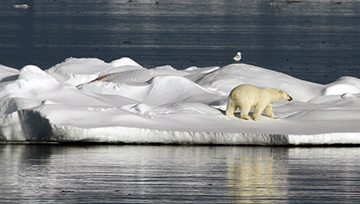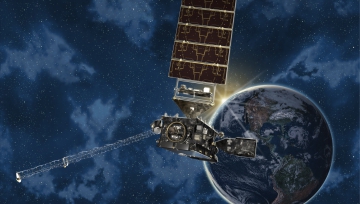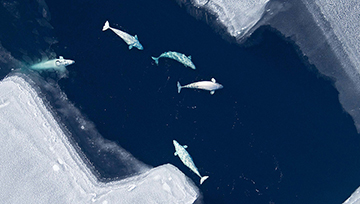
More frequent extreme weather and climate events are transforming the Arctic, yet resiliency and opportunity lie within diverse partnerships
The Arctic is increasingly warmer, less frozen, and wetter, with regional extremes in weather, climate patterns, and ecosystem responses. Centering locally and internationally-focused partnerships, long-term observations, and equitable climate solutions provides Arctic communities and nations as well as society-at-large with information and mechanisms to cope with a rapidly changing Arctic.
Visit the 2023 Report Card for Essays and Summaries

Issued annually since 2006, the Arctic Report Card is a timely and peer-reviewed source for clear, reliable and concise environmental information on the current state of different components of the Arctic environmental system relative to historical records.
The Report Card is intended for a wide audience, including scientists, teachers, students, decision-makers and the general public interested in the Arctic environment and science.
Banner Image Credit: Icebergs (Ilulisat, Vestgronland, Greenland) by Greenland Travel via Flickr






HEADQUARTERS
1315 East-West Highway, Silver Spring, MD 20910
Email Us
ABOUT US
NOAA's diverse activities in the Arctic synergize the work of five NOAA line offices, each leading sustained efforts to provide science, service, and stewardship in the Arctic region that supports people and commerce.
Visit NOAA | Visit the Department of Commerce